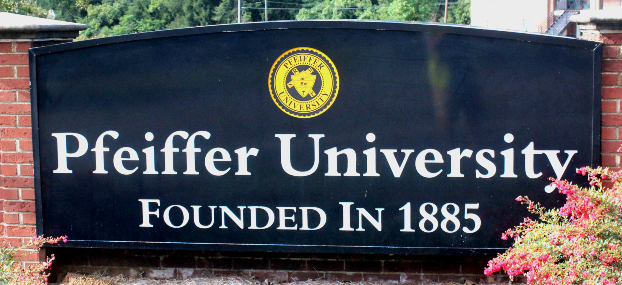County offers naloxone to reverse overdoses
Published 4:08 pm Tuesday, November 20, 2018
Efforts to combat Stanly’s soaring opioid overdose crisis have led the county’s health department to provide free access to naloxone.
Upon confirmation Stanly County notched its fifth straight month as the state’s leader in opioid overdoses, health officials advised county commissioners naloxone, or NARCAN, is readily available to the public at no charge. Cardinal Innovations donated 200 Naloxone kits, valued at about $35 each, to the health department for distribution.
“We’re looking for grants to fund these kits, not tax dollars,” David Jenkins, director of Health and Human Services, said at Monday night’s Board of Commissioners meeting.
Besides Stanly’s distinction as the leader in overdoses, the problem appears to be worsening for Stanly as the county experienced an increase of six or more overdoses during October compared to the previous month. Only Robeson County, which ranks third in the state in overdoses, shared a similar spike.
Stanly joins 36 other local health departments with distribution of naloxone as a way to address the opioid crisis.
Distribution of naloxone was identified as a remedy outlined in last year’s Strengthen Opioid Misuse Prevention (STOP) Act. It’s also part of seven focus areas in the state’s 5-year Opioid Action Plan.
North Carolina first introduced its Good Samaritan and Naloxone Access Law in August 2013. Since then, nearly 97,000 overdose kits have been distributed, with 12,053 confirmed overdose reversals during that span.
Without the use of naloxone, data suggest Stanly’s overdose fatalities could have been significantly worse.
As of the first week of November, Stanly has experienced 240 overdoses, with 14 fatalities during 2018. Naloxone was administered 127 times prior to the arrival of paramedics. EMS administered it 51 times.
Last year, there were 103 overdoses with eight fatalities. NARCAN was used 40 times before paramedics arrived. EMS relied on the drug 27 times during 2017.
In 2018, some 251 law enforcement agencies covering 90 counties across the state are equipped with naloxone. Nearly half of them report using the drug, accounting for 1,432 overdose reversals.
Naloxone saves an overdose like an AED defibrillator staves off a heart attack. But like the defibrillator, NARCAN does not change the underlying condition of the problem. It simply saves a life so the victim can seek help.
Naloxone, a prescription medication, is administered intra-nasally or intra-muscularly. Naloxone treats an opioid overdose by reversing the effects of opioids with the temporary binding of brain receptors. The drug puts them into an immediate withdrawal from opioids.
Kits will be provided to an opiate user family members, friends or domestic partners of active opiate users for the purpose of providing greater access to naloxone and reducing opiate overdoses.
No fee is associated with naloxone screening, education or provision of an Overdose Rescue Kit, which includes naloxone.
The health department does not dispense naloxone kits on site; they are made available by prescription/standing order for pickup at a local pharmacy.
Anyone who requests a naloxone kit (whether initial kit or any subsequent refill) must receive screening and education from a health department clinic provider or RN before a kit is ordered.
Reaction to the health department’s public supply of naloxone has not been as positive as officials had hoped. Critics took to social media to blast the health department for its distribution.
“We didn’t expect that kind of feedback from the public,” Jenkins said.
Because of the negative reaction, Jenkins used the meeting as an educational forum.
In addition to questions about funding, Jenkins said most critics simply lack information on the problem.
Those who have never experienced or known anyone with an opioid addiction tend to be less understanding about the health department offering help to the crisis, Jenkins said.
“If we’re not the right agency to be getting (naloxone) out, we might have to go with another organization,” Jenkins said of the backlash.
Even commissioners seemed concerned about the distribution of naloxone.
“I don’t necessarily agree with it, but I’m not going to stop it,” said Commissioner Matthew Swain, but added the drug as another “tool in the toolbox.”
During the meeting’s public comment section Roger Hudson reminded commissioners he, too, used to judge addicts more harshly.
“I had no sympathy at all,” Hudson said. “Then I lost my son.”
He said the words of “Will’s dead” still ring in his head almost daily.
“My opinion, before then, who cares?” Hudson said.
Hudson’s daughter, Allison, has since spearheaded the opening of Will’s Place, a recovery resource center, located in downtown Albemarle.





